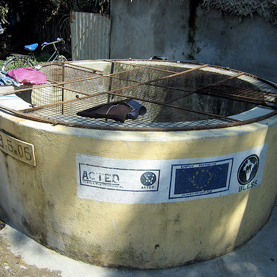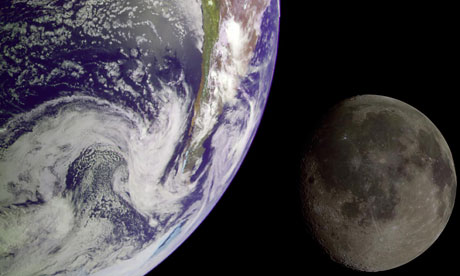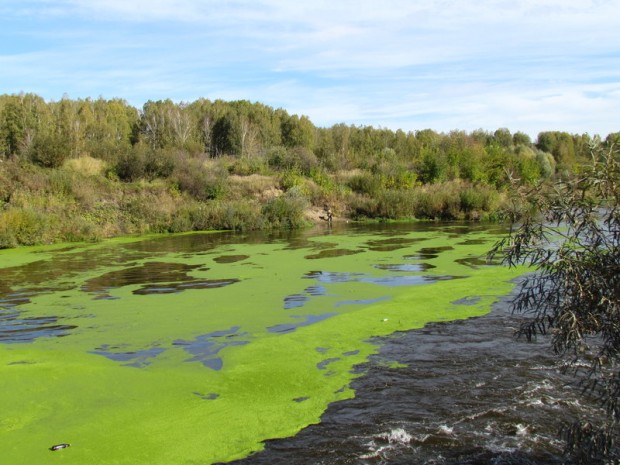 We hear every day about the need to conserve freshwater. That goal seems sensible—although knowing if humankind is making any progress could be impossible without a reliable way to quantify how much water nations use.
We hear every day about the need to conserve freshwater. That goal seems sensible—although knowing if humankind is making any progress could be impossible without a reliable way to quantify how much water nations use.
To find out, engineers Arjen Hoekstra and Mesfin Mekonnen at the University of Twente in the Netherlands calculated the water footprint of the world’s countries as well as per capita water consumption in those nations.
Overall, the world is using 9,087 billion cubic meters of water per year. China, India and the U.S. consumed the highest annual totals: 1,207 billion, 1,182 billion and 1,053 billion cubic meters, respectively, followed by Brazil at 482 billion. But the water consumed per person in these and other countries varies considerably, due primarily to higher living standards or widespread waste among consumers. The U.S. had the world’s highest per capita water footprint, at 2,842 cubic meters per annum. Read more











